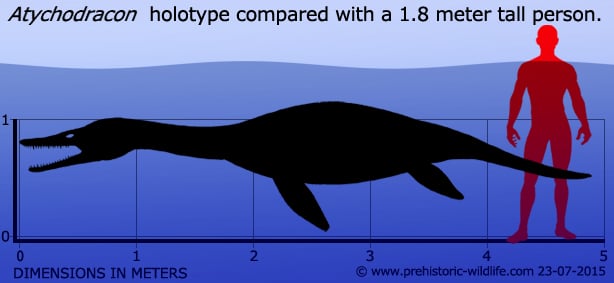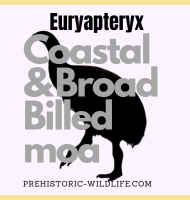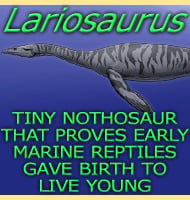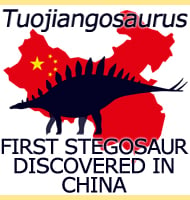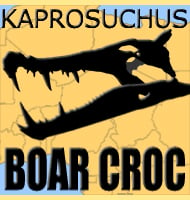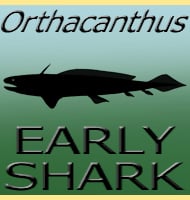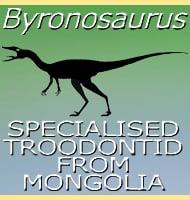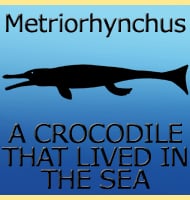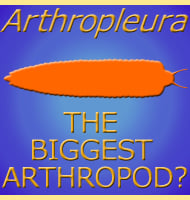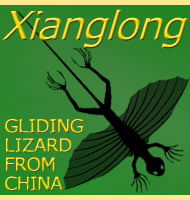In Depth
Atychodracon was originally named as a species of Plesiosaurus back in 1846 when the first specimen was described by Samuel Stuchbury. At this time Plesiosaurus had fast become a wastebasket taxon with any fossils remotely similar to Plesiosaurus being almost immediately attributed to the genus as a new species. Many former species of Plesiosaurus have now been re-described as either belonging to other genera, or even as their own genus, but the destruction of what should have been the holotype of Atychodracon in World War Two slowed down the discovery.
This destruction happened on the 24th November 1940 when German bombers hit the Bristol City Museum and Art Gallery. Fortunately however, before this bombing raid occurred a series of finely detailed casts were made of the holotype and stored in the Natural History Museum, London, and it is from these that the truth of this marine reptile has been learned. in 1994 Plesiosaurus megacephalus was credited as a species of Rhomaleosaurus by A. R. I. Cruickshank, but it was later still in 2015 when Adam S. Smith re-classified Rhomaleosaurus megacephalus as a whole new genus, Atychodracon megacephalus.
As a rhomaleosaurid pliosaur, Atychodracon would have looked somewhere in between the long-necked, small headed plesiosaurs, and the short-necked large headed pliosaurid pliosaurs that would become common later in the Jurassic. Like with its rhomaleosaurid cousins, Atychodracon would have had a proportionately larger head (in fact the species name megacephalus means ’big head’), while still having a longish neck. Because of this Atychodracon was probably still capable of hunting for fish, but may have also tackled larger marine animals such as the juveniles of plesiosaurs.
Aside from the original casts, a referred individual colloquially known as the ‘Barrow Kipper’ (after the town of Barrow) is also attributed to Atychodracon.
Further Reading
- Description of a new species of Plesiosaurus, in the Museum of the Bristol Institution. - Quarterly Journal of the Geological Society 2: 411–417.- Samuel Stutchbury - 1846. - Cranial anatomy of the Lower Jurassic pliosaur Rhomaleosaurus megacephalus (Stutchbury) (Reptilia: Plesiosauria). - Philosophical Transactions of the Royal Society of London, Series B, 343:247-260. - A. R. I. Cruickshank - 1994a. - Reassessment of ‘Plesiosaurus’ megacephalus (Sauropterygia: Plesiosauria) from the Triassic-Jurassic boundary, UK. - Palaeontologia Electronica 18 (1): 1–20. - Adam S. Smith - 2015.
